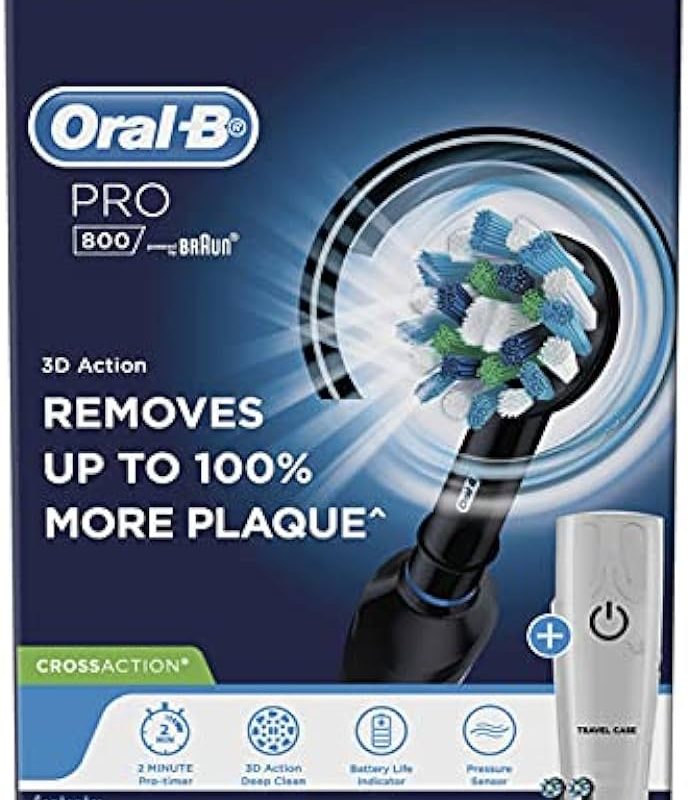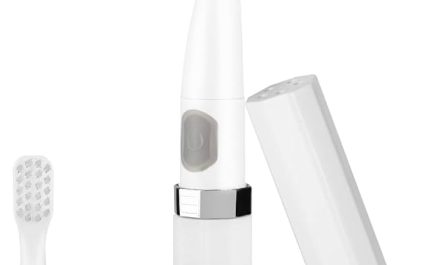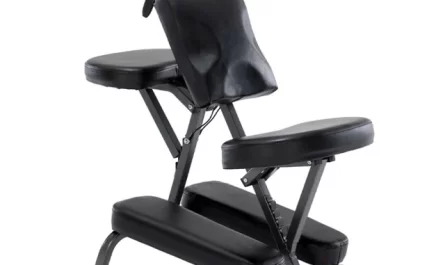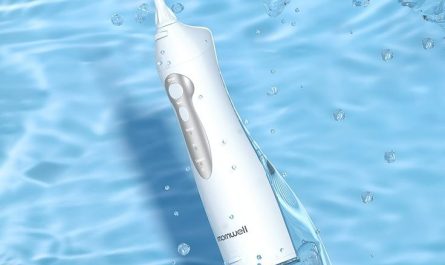Introduction
Discovering mold growth on an electric toothbrush can be alarming and unhygienic. Cleaning the toothbrush thoroughly is crucial to remove the mold and prevent its recurrence. In this article, we will explore effective methods for getting mold out of electric toothbrushes, including deep cleaning, disinfecting solutions, natural remedies, and regular maintenance practices.
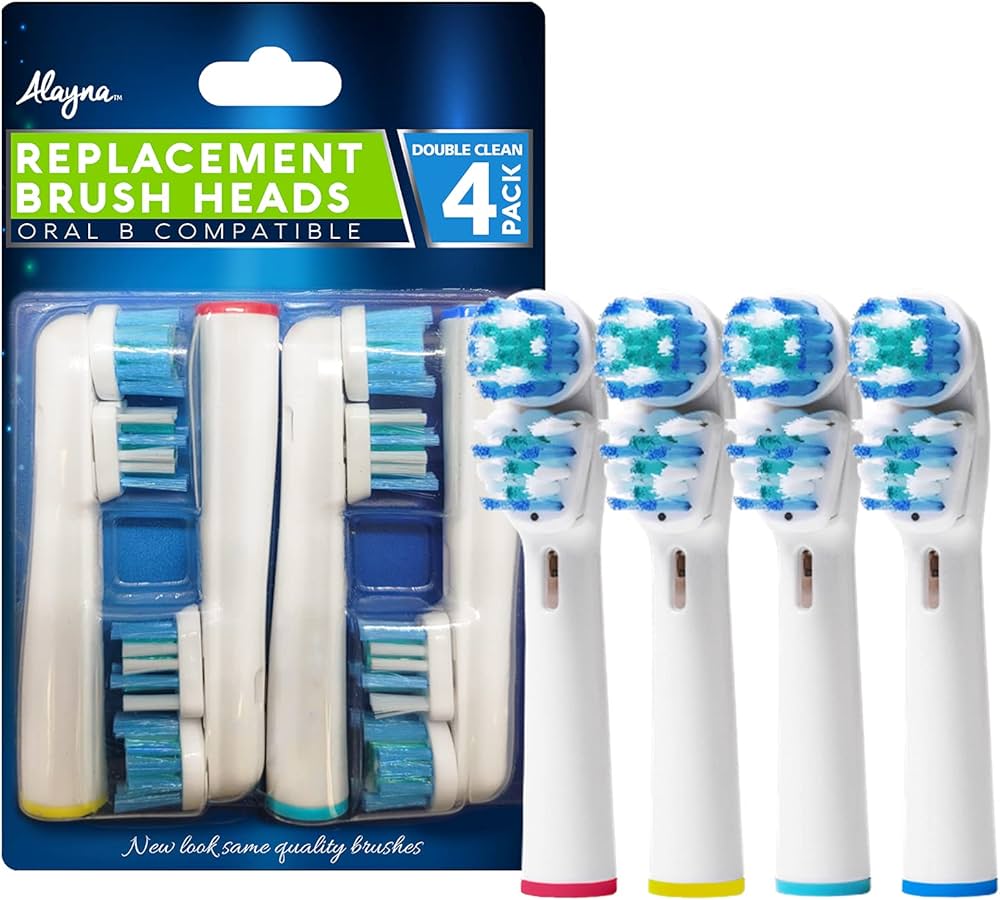
How do you get mold out of electric toothbrushes?
Deep cleaning with soap and water
One of the simplest and most effective methods to remove mold from an electric toothbrush is by deep cleaning it with soap and water. Start by detaching the brush head from the handle if possible. Rinse both the brush head and handle under running water to remove any visible mold or debris. Then, fill a small bowl or sink with warm water and add a few drops of mild antibacterial soap. Immerse the toothbrush head and handle in the soapy water and use a toothbrush or cloth to scrub away any remaining mold. Pay close attention to crevices or hard-to-reach areas. Rinse the toothbrush thoroughly under running water, ensuring that no soap residue remains. Allow the toothbrush to air dry completely before reassembling it.
Disinfecting solutions
Using disinfecting solutions can effectively kill mold spores on an electric toothbrush. One option is to use hydrogen peroxide, which has natural antibacterial and antifungal properties. Mix equal parts hydrogen peroxide and water in a small cup or container. Submerge the toothbrush head and handle in the solution for about 10 minutes. Gently scrub the brush head with a toothbrush or cloth to remove any remaining mold. Rinse the toothbrush thoroughly under running water to remove the disinfecting solution. Another disinfecting option is to use white vinegar. Fill a cup or container with white vinegar and soak the toothbrush in it for about 30 minutes. Rinse the toothbrush thoroughly afterward. Both hydrogen peroxide and white vinegar can effectively kill mold and disinfect the toothbrush.
Natural remedies
Natural remedies can also be used to remove mold from an electric toothbrush. Tea tree oil, known for its antifungal properties, can be an effective mold remover. Mix a few drops of tea tree oil with water in a small cup or container. Submerge the toothbrush head and handle in the solution for about 15 minutes. Gently scrub the brush head to remove any remaining mold. Rinse the toothbrush thoroughly under running water to remove the tea tree oil solution. Another natural remedy is baking soda. Create a paste by mixing baking soda with a small amount of water. Apply the paste to the toothbrush head and handle, and use a toothbrush or cloth to scrub away the mold. Rinse the toothbrush thoroughly afterward. Both tea tree oil and baking soda can help eliminate mold naturally and effectively.
Regular maintenance and prevention
Prevention is key to avoiding mold growth on an electric toothbrush. Regular maintenance practices can help keep the toothbrush clean and mold-free. After each use, thoroughly rinse the toothbrush under running water to remove toothpaste residue and debris. Shake off excess water and allow the toothbrush to air dry completely before storing it. It is important to store the toothbrush in an open area with good air circulation, rather than in a closed or damp environment. Avoid using toothbrush covers as they can trap moisture and promote mold growth. Additionally, regularly inspect the toothbrush for any signs of mold or mildew. If mold is present, clean the toothbrush immediately using the methods mentioned above to prevent further growth.
Replacement of brush heads
In some cases, it may be necessary to replace the brush head if mold growth persists or if the brush head appears discolored or damaged. Even with regular cleaning, mold can be challenging to completely eliminate from the bristles of the brush head. If mold continues to reappear despite cleaning efforts, replacing the brush head with a new one can help ensure a clean and hygienic toothbrush. Refer to the manufacturer’s instructions for the appropriate replacement schedule and compatible brush heads for the electric toothbrush model.
Health considerations
Mold growth on an electric toothbrush can raise concerns about potential health risks. Inhaling or ingesting mold spores can cause respiratory issues and allergies. It is important to address mold growth promptly and thoroughly clean the toothbrush to ensure optimal oral health and overall well-being. If individuals have underlying health conditions or compromised immune systems, it is advisable to consult with a healthcare professional for appropriate guidance.
Conclusion
Removing mold from an electric toothbrush requires thorough cleaning and disinfection. Deep cleaning with soap and water, using disinfecting solutions such as hydrogen peroxide or vinegar, and utilizing natural remedies like tea tree oil or baking soda can effectively eliminate mold. Regular maintenance practices, including rinsing and air drying the toothbrush after each use, avoiding toothbrush covers, and inspecting for mold, are essential in preventing its recurrence. If mold persists or the brush head shows signs of damage, it may be necessary to replace the brush head. By following these steps and maintaining a clean toothbrush, individuals can ensure optimal oral hygiene and reduce the risk of mold-related health concerns.

